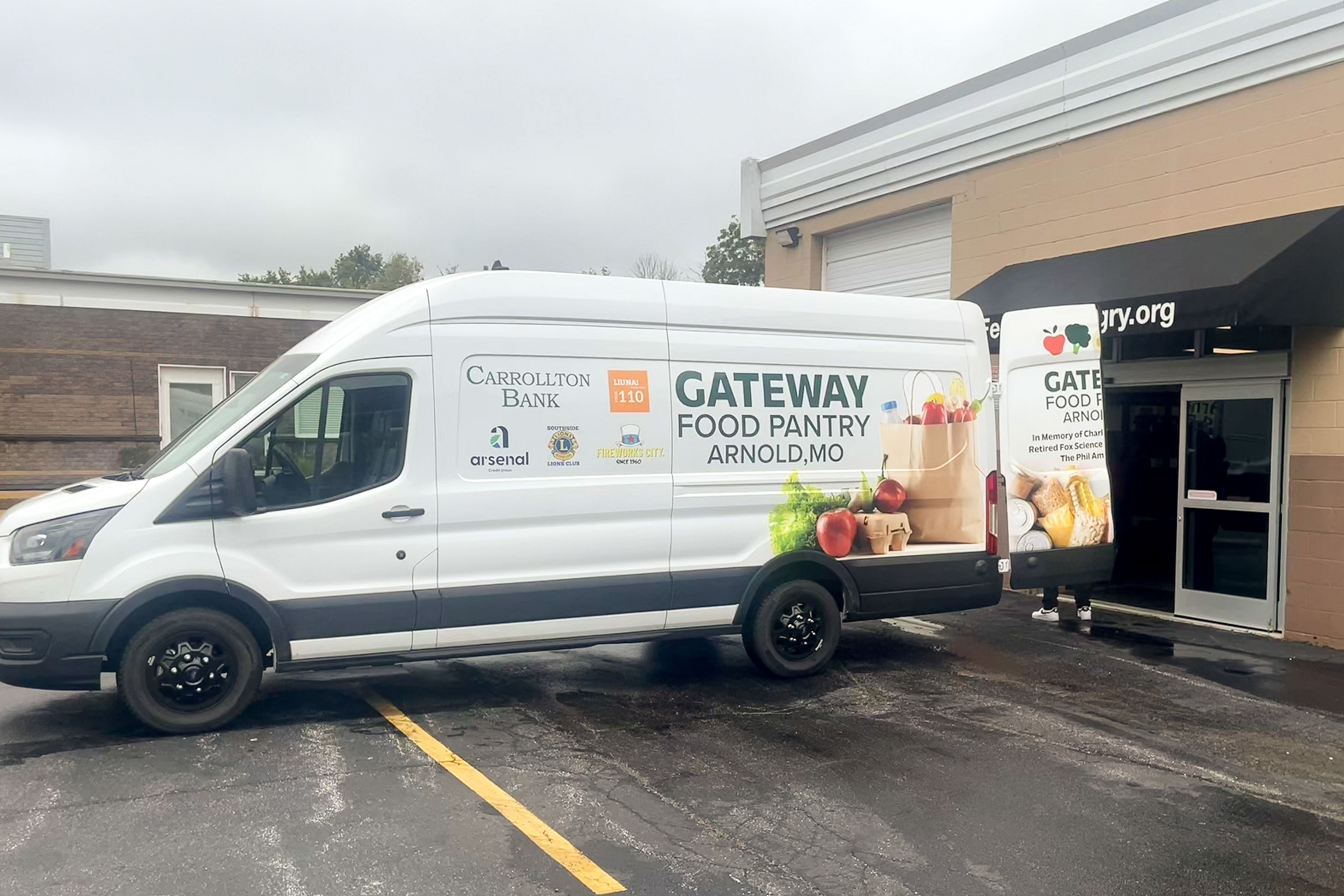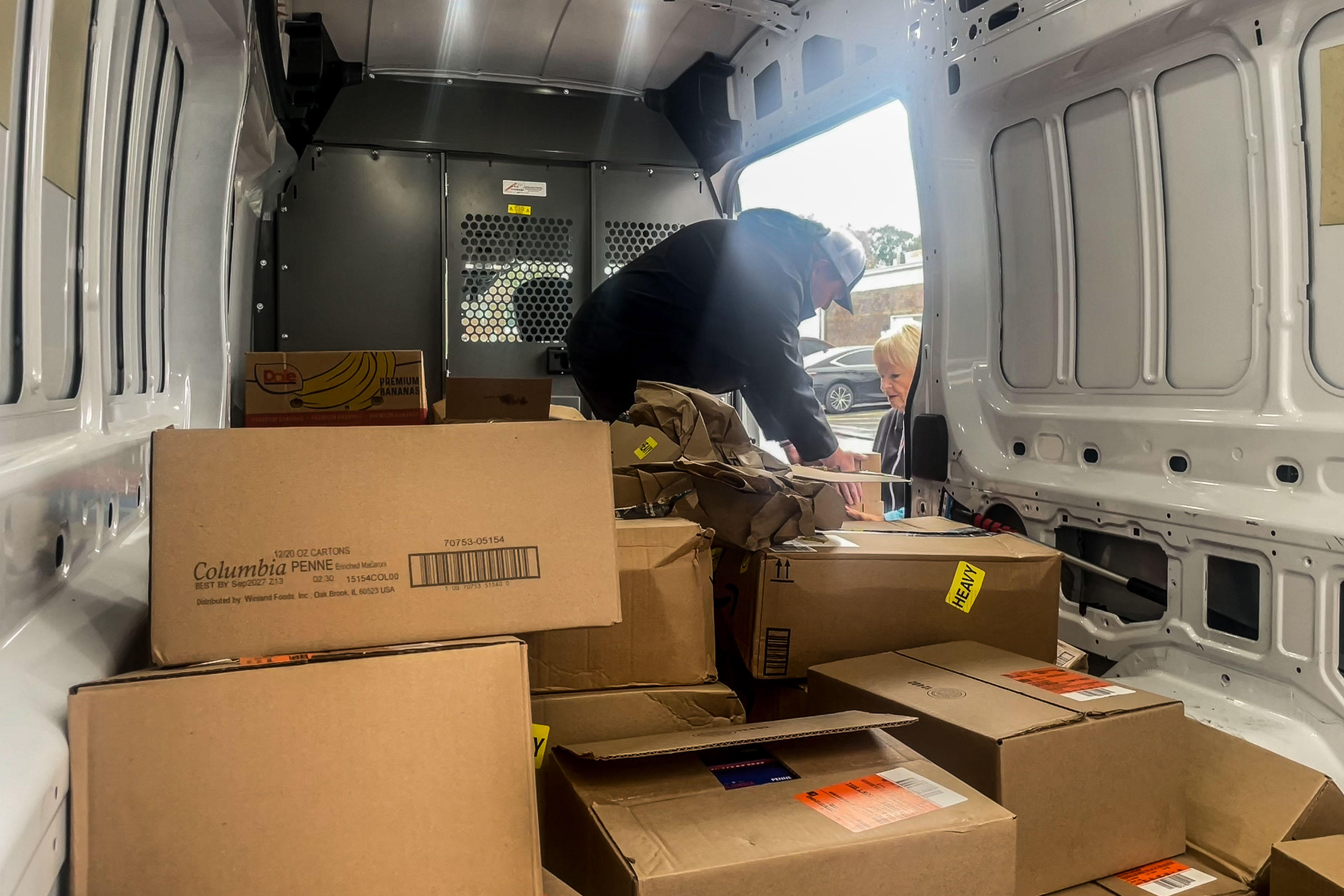The Trump administration’s overhaul of the nation’s largest food assistance program will cause millions of people to lose benefits, strain state budgets, and pressure the nation’s food supply chain, all while likely hindering the goals of the administration’s “Make America Healthy Again” platform, according to researchers and former federal officials.
Permanent changes to the Supplemental Nutrition Assistance Program are coming regardless of the outcome of at least two federal lawsuits that seek to prevent the government from cutting off November SNAP benefits. The lawsuits challenge the Trump administration’s refusal to release emergency funds to keep the program operating during the government shutdown.
A federal judge in Rhode Island ordered the government to use those funds to keep SNAP going. A Massachusetts judge in a separate lawsuit also said the government must use its food aid contingency funds to pay for SNAP, but gave the Trump administration until Nov. 3 to come up with a plan.
Amid that uncertainty, food banks across the U.S. braced for a surge in demand, with the possibility that millions of people will be cut off from the food program that helps them buy groceries.
On Oct. 28, a vanload of SpaghettiOs, tuna, and other groceries arrived at Gateway Food Pantry in Arnold, Missouri. It may be Gateway’s last shipment for a while. The food pantry south of St. Louis largely serves families with school-age children, but it has already exhausted its yearly food budget because of the surge in demand, said Executive Director Patrick McKelvey.
 Gateway Food Pantry prepared for a surge in demand amid uncertainty about whether the federal government shutdown would halt funding for the nation’s largest federal food aid program.(Samantha Liss/KFF Health News)
Gateway Food Pantry prepared for a surge in demand amid uncertainty about whether the federal government shutdown would halt funding for the nation’s largest federal food aid program.(Samantha Liss/KFF Health News)New Disabled South, a Georgia-based nonprofit that advocates for people with disabilities, announced that it was offering one-time payments of $100 to $250 to individuals and families who were expected to lose SNAP benefits in the 14 states it serves.
Less than 48 hours later, the nonprofit had received more than 16,000 requests totaling $3.6 million, largely from families, far more than the organization had funding for.
“It’s unreal,” co-founder Dom Kelly said.
Email Sign-Up
Subscribe to KFF Health News' free Morning Briefing.
The threat of a SNAP funding lapse is a preview of what’s to come when changes to the program that were included in the One Big Beautiful Bill Act that President Donald Trump signed in July take effect.
The domestic tax-and-spending law cuts $187 billion within the next decade from SNAP. That’s a nearly 20% decrease from current funding levels, according to the Congressional Budget Office.
The new rules shift many food and administrative costs to states, which may lead some to consider withdrawing from the program, which helped about 42 million people buy groceries last year. Separate from the new law, the administration is also pushing states to limit SNAP purchases by barring such things as candy and soda.
All that “puts us in uncharted territory for SNAP,” said Cindy Long, a former deputy undersecretary at the Department of Agriculture who is now a national adviser at the law firm Manatt, Phelps & Phillips.
The country’s first food stamps were issued at the end of the Great Depression, when the poverty-stricken population couldn’t afford farmers’ products. Today, instead of stamps, recipients use debit cards. But the program still buoys farmers and food retailers and prevents hunger during economic downturns.
The CBO estimates that about 3 million people will lose food assistance as a result of several provisions in the budget law, including applying work requirements to more people and shifting more costs to states. Trump administration leaders have backed the changes as a way to limit waste, to put more people to work, and to improve health.
This is the biggest cut to SNAP in its history, and it is coming against the backdrop of rising food prices and a fragile labor market.
The exact toll of the cuts will be difficult to measure, because the Trump administration ended an annual report that measures food insecurity.
Here are five big changes that are coming to SNAP and what they mean for Americans’ health:
1. Want food benefits? They will be harder to get.
Under the new law, people will have to file more paperwork to access SNAP benefits.
Many recipients are already required to work, volunteer, or participate in other eligible activities for 80 hours a month to get money on their benefit cards. The new law extends those requirements to previously exempted groups, including homeless people, veterans, and young people who were in foster care when they turned 18. The expanded work requirements also apply to parents with children 14 or older and adults ages 55 to 64.
Starting Nov. 1, if recipients fail to document each month that they meet the requirements, they will be limited to three months of SNAP benefits in a three-year period.
“That is draconian,” said Elaine Waxman, a senior fellow at the Urban Institute, a nonprofit research group. About 1 in 8 adults reported having lost SNAP benefits because they had problems filing their paperwork, according to a December Urban Institute survey.
Certain refugees, asylum-seekers, and other lawful immigrants are cut out of SNAP entirely under the new law.
 A shopping cart inside the pantry. Patrick McKelvey, executive director of the pantry, exhausted the last of its annual food budget to help meet demand, which has surged amid expected losses of federal food aid.(Samantha Liss/KFF Health News)
A shopping cart inside the pantry. Patrick McKelvey, executive director of the pantry, exhausted the last of its annual food budget to help meet demand, which has surged amid expected losses of federal food aid.(Samantha Liss/KFF Health News)2. States will have to chip in more money and resources.
The federal law drastically increases what each state will have to pay to keep the program.
Until now, states have needed to pay for only half the administrative costs and none of the food costs, with the rest covered by the federal government.
Under the new law, states are on the hook for 75% of the administrative costs and must cover a portion of the food costs. That amounts to an estimated median cost increase for states of more than 200%, according to a report by the Georgetown Center on Poverty and Inequality.
A KFF Health News analysis shows that a single funding shift related to the cost of food could put states on the hook for an additional $11 billion.
All states participate in the SNAP program, but they could opt out. In June, nearly two dozen Democratic governors wrote to congressional leaders warning that some states wouldn’t be able to come up with the money to continue the program.
“If states are forced to end their SNAP programs, hunger and poverty will increase, children and adults will get sicker, grocery stores in rural areas will struggle to stay open, people in agriculture and the food industry will lose jobs, and state and local economies will suffer,” the governors wrote.
3. Will the changes lead to more healthy eating?
The Trump administration, through its “Make America Healthy Again” platform, has made healthy eating a priority.
Health and Human Services Secretary Robert F. Kennedy Jr. has championed the restrictions on soda and candy purchases within the food aid program. To date, 12 states have received approval to limit what people can buy with SNAP dollars.
Federal officials previously blocked such restrictions, because they were difficult for states and stores to implement and they boost stigma around SNAP, according to a 2007 USDA report. In 2018, the first Trump administration rejected an effort from Maine to ban sugar-sweetened drinks and candy.
A store may decide that hassle isn’t worth participating in the program and drop out of it, leaving SNAP recipients fewer places to shop.
People who receive SNAP are no more likely to buy sweets or salty snacks than people who shop without the benefits, according to the USDA. Research shows that encouraging healthy food choices is more effective than regulating purchases.
When people have less money to spend on food, they often resort to cheaper, unhealthier alternatives that keep them sated longer rather than paying for more expensive food that is healthy and fresh but quick to perish.
 McKelvey and volunteer Nora Lane unload a vanload of groceries, including SpaghettiOs and tuna, which arrived Oct. 28. The pantry largely serves families with school-age children.(Samantha Liss/KFF Health News)
McKelvey and volunteer Nora Lane unload a vanload of groceries, including SpaghettiOs and tuna, which arrived Oct. 28. The pantry largely serves families with school-age children.(Samantha Liss/KFF Health News)4. How will SNAP cuts affect health?
Advocacy organizations working to end hunger in the nation say the cuts will have long-term health effects.
Research has found that kids in households with limited access to food are more likely to have a mental disorder. Similarly, food insecurity is linked to lower math and reading skills.
Working-age people with food insecurity are more likely to experience chronic disease. That long list includes high blood pressure, arthritis, diabetes, asthma, and chronic obstructive pulmonary disease.
Those health issues come with costs for individuals. Low-income adults who aren’t on SNAP spend on average $1,400 more a year on health care than those who are.
About 47 million people lived in households with limited or uncertain access to food in 2023.
5. What does this mean for the nation’s food supply chain?
SNAP spending directly boosts grocery stores, their suppliers, and the transportation and farming industries. Additionally, when low-income households have help accessing food, they’re more likely to spend money on other needs, such as prescriptions or car repairs. All that means that every dollar spent through SNAP generates at least $1.50 in economic activity, according to the USDA.
A report by associations representing convenience stores, grocers, and the food industry estimated it could cost grocers $1.6 billion to comply with the new SNAP restrictions.
Advocates warn stores may pass the costs on to shoppers, or they may close.

.jpg) 12 hours ago
3
12 hours ago
3
 English (US)
English (US)